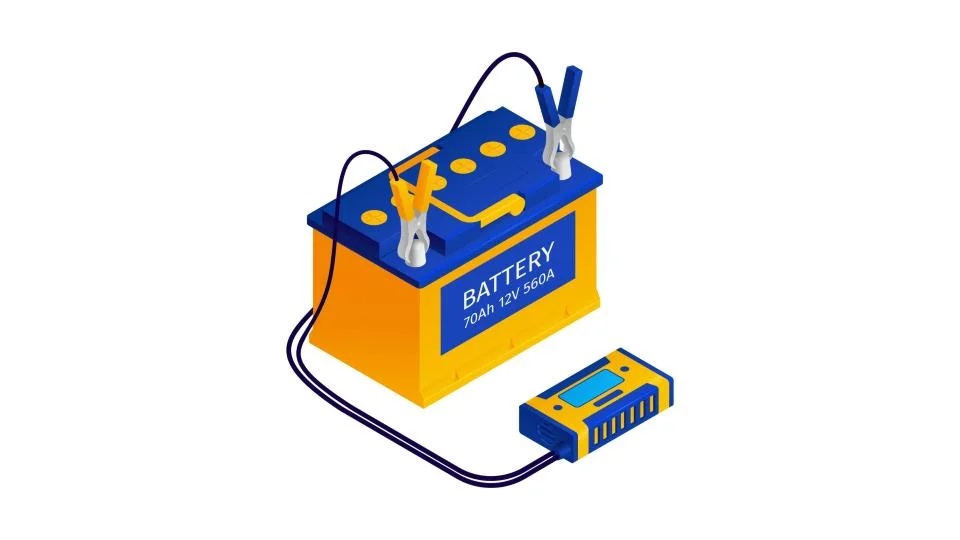The discharge rate, often expressed as a C-rate, is a key factor that influences the performance and longevity of lead-acid batteries. It determines how quickly the battery’s stored energy is released, affecting both its capacity and efficiency.
At high discharge rates, lead-acid batteries tend to exhibit lower usable capacity due to the phenomenon known as the Peukert effect. This effect describes how the battery’s effective capacity decreases as the discharge rate increases. High discharge rates cause rapid depletion of the active materials and increased internal resistance, leading to voltage drops and reduced energy output. On the other hand, low discharge rates allow for more complete utilization of the battery’s capacity, as the electrochemical reactions have more time to proceed efficiently.
Selecting an appropriate discharge rate is essential for maximizing the performance and lifespan of lead-acid batteries. Applications requiring high power outputs should consider batteries designed to handle higher C-rates, while those with lower power demands can benefit from the extended capacity available at lower discharge rates.


